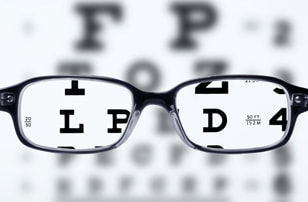Low Vision
What is Low Vision?
Low vision refers to a visual impairment that cannot be corrected through surgery, pharmaceuticals, glasses or contact lenses. It is defined by partial sight, such as blurred vision, blind spots or tunnel vision. Low vision can affect people of all ages, but is primarily an issue with with older adults.
Low vision refers to a visual impairment that cannot be corrected through surgery, pharmaceuticals, glasses or contact lenses. It is defined by partial sight, such as blurred vision, blind spots or tunnel vision. Low vision can affect people of all ages, but is primarily an issue with with older adults.

